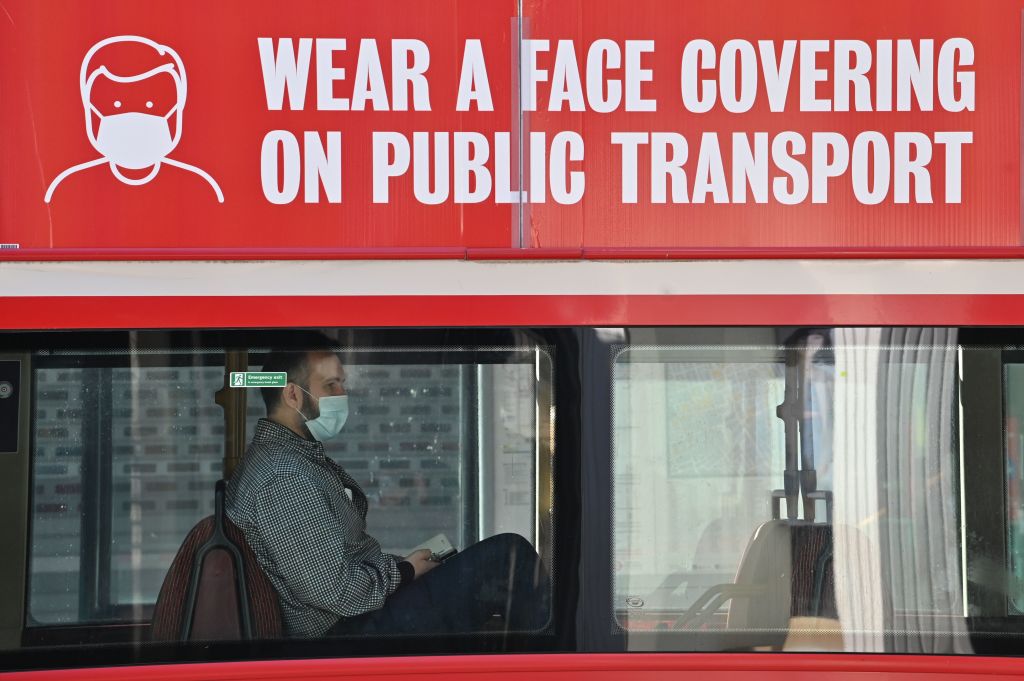It says much about the covid ‘traffic light’ system to be announced by the Prime Minister later that the three alert levels are expected to be labelled ‘medium’, ‘high’ and ‘very high’. It is a bit like condom sizes which start at ‘large’, move onto ‘extra large’ and ‘extra, extra large’. It is all very well talking about two week ‘circuit breakers’, but how do we ever get out of a system of restrictions which does not appear to recognise that we could ever be at low risk from covid infection?
People can live without going to pubs and clubs. There will be some people who will not consider it a hardship being ordered not to leave Liverpool for the next few weeks, or months. But it is certain that the economy will not thrive so long as extra restrictions are being placed on where we can go and what we can do. Even in August, the month when our freedoms reached their post-covid zenith, economic growth came in at a lukewarm 2.1 per cent, far lower than forecast. When we receive the September figures in a fortnight’s time it is doubtful whether they will be positive at all. It almost certainly won’t prevent the economy technically climbing out of recession in the third quarter – given that growth was 6.6 per cent in July. Nevertheless, it will come as a deep shock. The V-shaped recovery is in danger of turning into a w-shaped one – at best.
So far, the covid recession has been the deepest, but also the shortest, on record. It involved an unprecedented 20 per cent drop in the second quarter, yet overall we will almost certainly have suffered, for now, only two negative quarters of growth, which by definition is the shortest a recession can be. Yet with more restrictions being piled upon us we are very shortly going to be talking about a double dip, and asking how deep the second dip will be.
There was much talk about a double dip recession after the 2008/09 crisis, and initially that is what we appeared to have suffered – although the Office of National Statistics later revised its figures, editing out the second of the dips. Now, the threat of a double dip is looming very fast, taking tax revenues down with it.
Even with the scheduled end of the furlough scheme this month, government borrowing was forecast to come in at over £300 billion this year. Now, with a new scheme to support wages being promised for businesses forced to close as a result of lockdown rules, and tax revenues likely to take another dive, £300 billion is beginning to look a bit conservative. How the public finances can ever be recovered from here is not obvious.







Comments